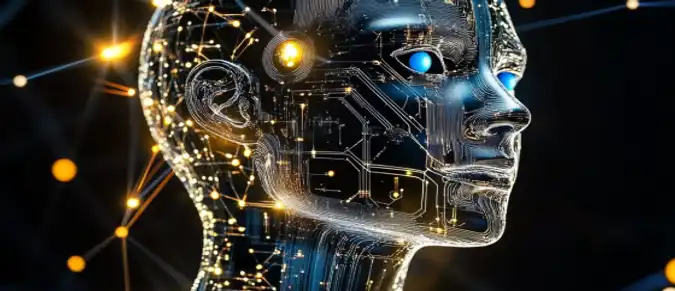Decentralized applications (dApps) are gaining traction due to their ability to offer increased security and transparency across various fields, including artificial intelligence (AI) and machine learning (ML). The integration of dApps into these domains opens up new opportunities for improving decision-making processes, data management, and collaboration.
Content:
- Benefits of Using dApps in AI and ML
- Examples of Successful dApps for AI and ML
- Challenges and Future Prospects
- Comparison of dApps and Centralized Solutions in AI
- Conclusion

Benefits of Using dApps in AI and ML
The use of decentralized applications in the field of AI and ML offers several significant advantages. Firstly, dApps provide enhanced security and data protection due to their distributed architecture. This is particularly crucial when dealing with sensitive data, such as medical information or financial records. Secondly, dApps promote the transparency of AI algorithms, enabling users to verify and understand how decisions are made. This can be valuable in risk management and regulatory compliance.
The key benefits of using dApps in AI and ML include:
- Data Security: The distributed architecture of dApps provides protection against unauthorized access and breaches.
- Transparency: Users can audit AI algorithms, increasing trust in the decisions made.
- Independence from Centralized Services: dApps eliminate the need for intermediaries, reducing costs and increasing efficiency.
- Scalability: The ability to adapt and expand the functionality of dApps to meet specific AI and ML needs.
Examples of Successful dApps for AI and ML
There are numerous examples of successful dApps being used in AI and ML. One such example is the SingularityNET project, which allows developers to share and monetize AI algorithms in a decentralized network. Another example is Ocean Protocol, which provides a platform for secure data sharing and training of ML models in a protected environment. These projects demonstrate how dApps can be used to create new business models and enhance existing processes.
Challenges and Future Prospects
Despite the numerous advantages, dApps in AI and ML face several challenges. One of the main issues is scalability. While centralized systems can handle large volumes of data and algorithms, dApps may encounter performance limitations. Additionally, there is a need for standardization and interoperability between different dApps to ensure their integration and data sharing. In the future, addressing these challenges could significantly improve the efficiency and application of dApps in AI and ML.
Comparison of dApps and Centralized Solutions in AI
Centralized AI solutions have their advantages, such as high performance and resource availability. However, they are prone to security risks and limitations in transparency. On the other hand, dApps offer enhanced data protection and the possibility of decentralized management, making them attractive for use in critical applications. The table below outlines the key differences between centralized and decentralized solutions in AI.
Comparison of Centralized and Decentralized AI Solutions
| Criterion | Centralized Solutions | Decentralized Solutions (dApps) |
|---|---|---|
| Data Security | Medium | High |
| Algorithm Transparency | Low | High |
| Scalability | High | Medium |
| Management and Control | Centralized | Decentralized |
Conclusion
The integration of decentralized applications into AI and ML holds immense potential for transforming these fields. Enhanced security, transparency, and the possibility of decentralized management make dApps a vital tool for addressing modern challenges in artificial intelligence. However, to fully realize this potential, existing issues such as scalability and standardization need to be resolved. The future of dApps in AI and ML promises to be exciting and full of new discoveries.



